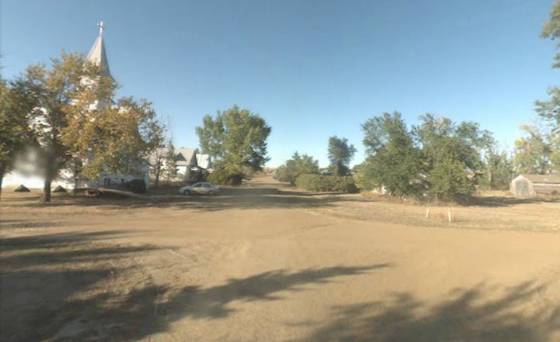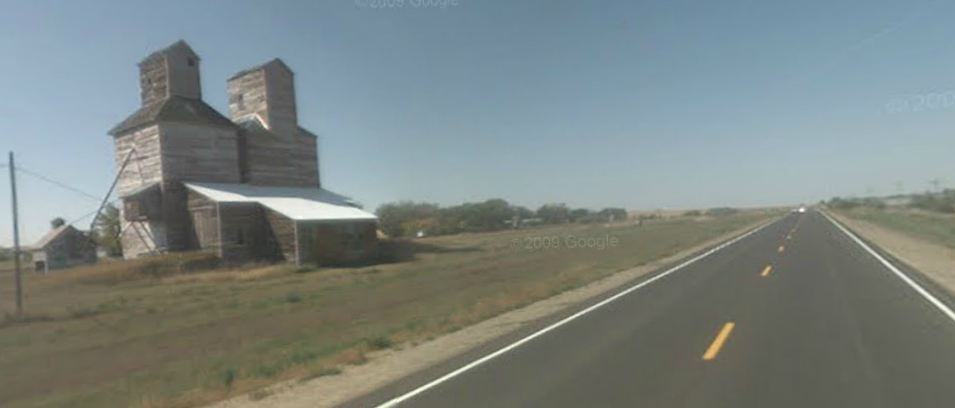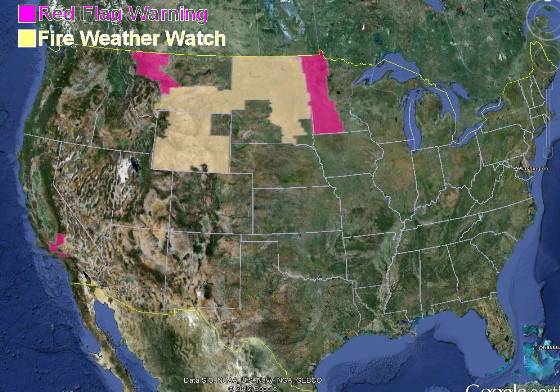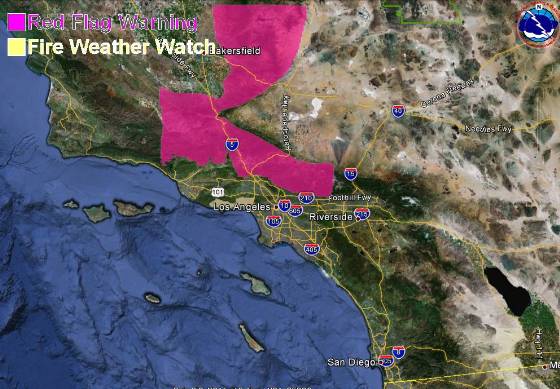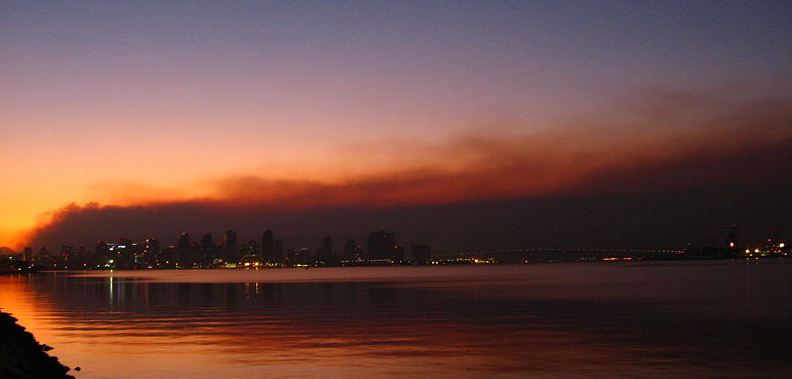
Witch Creek fire, five years later
Five years after the Witch Creek fire burned 197,990 acres and 1,040 homes in San Diego County, most of the structures have been rebuilt and lessons have been learned about how to better manage similar incidents, before, during and after they occur.
Followup on fire in Bucyrus, North Dakota
An analysis after the fire has determined that four residences and 20 outbuildings were destroyed when a wildfire raged through the small town of Bucyrus, North Dakota October 17. It blackened 6,000 acres along a 10-mile long path. NBC News has some photos that were taken after the fire.
Fire in Nebraska jumps Interstate 80
A 10,000-acre fire destroyed three residences and jumped over Interstate 80 near Paxton, Nebraska on Friday.
Photos of effects of winds in South Dakota
The very strong winds that affected wildfires in South Dakota this week also left some other impacts. The Rapid City Journal has some excellent photos, including one that shows four tractor-trailer trucks that got blown over along a 1/4-mile stretch of Interstate 90.
John N. Maclean’s OP-ED
John N. Maclean had an opinion piece published on the New York Time’s web site October 18 in which he wrote about penalties that have been assessed against arsonists and others who have started wildfires. He also provided some thoughts about how to prevent fires through legislation, and wrote about fires started by shooters, exploding targets, and all-terrain vehicles. Mr. Maclean is the author of several books about wildland fires, including Fire on the Mountain, The Thirtymile Fire, and the forthcoming book The Esperanza Fire: Arson, Murder and the Agony of Engine 57, about a 2006 wildfire in California.
Waldo Fire volunteer faces sex assault charge
A man who was volunteering for the Red Cross during the Waldo Canyon fire in Colorado Springs earlier this year is facing charges of sexually assaulting another volunteer. The victim told police she believes 71-year old Allen Crabtree drugged her and then sexually assaulted her on July 7.
Thanks go out to Kelly and Dietra




